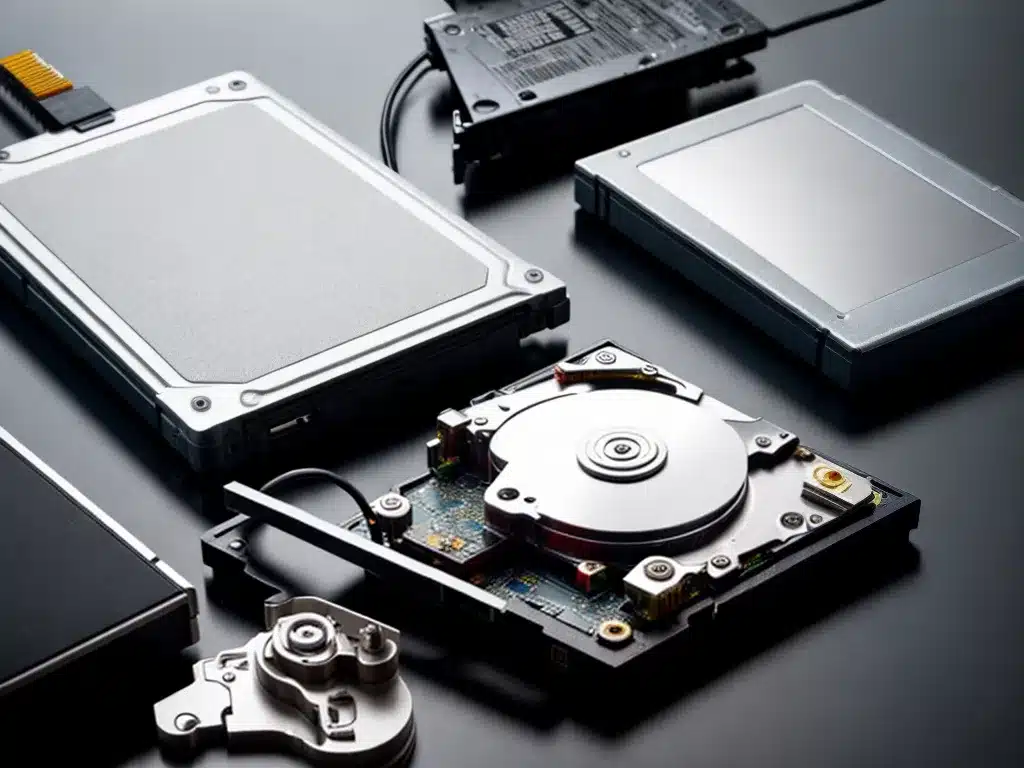
Introduction
Solid state drives (SSDs) provide fast access speeds and durability compared to traditional hard disk drives (HDDs). However, SSDs can still fail unexpectedly, leading to potential data loss. Recovering files from a failed or dead SSD is possible in many cases, but requires specific methods and tools. This guide will outline the key steps I took to successfully recover files from a dead SSD.
Preparation
Before attempting data recovery, I took some preliminary steps:
-
Obtained a USB-SATA adapter or docking station – This allowed me to connect the SSD externally to another computer and access it like a regular external drive.
-
Installed data recovery software – Specialized software is required to read and extract data from failed drives. I used Recuva which offers a free version.
-
Backed up the SSD – I imaged the entire SSD before attempting recovery. This preserved the drive contents for future recovery attempts if needed.
Attempting Data Recovery
With the SSD connected externally, I followed these steps:
1. Scan the Drive
I initiated a deep scan on the SSD using Recuva. This thoroughly examines the drive and identifies recoverable files.
2. Assess and Recover Files
The software presented me with a list of found files ranked by recoverability. I browsed this list, focusing on those with an “Excellent” chance of recovery.
3. Save Recovered Files
I designated a folder on another healthy drive to save the recovered files to. This avoids overwriting the deleted data on the SSD.
Handling Issues During Recovery
Not all recovery attempts go smoothly. I ran into some common issues:
-
Long scans – Deep SSD scans can take many hours due to large capacities. I let them run overnight.
-
Failed or partial recoveries – Severely corrupted files may not recover fully. I recovered what I could.
-
Drive errors – Bad sectors or firmware issues can interfere with scans. Trying a different recovery tool sometimes helped.
-
Overwritten data – Continuing to use the SSD reduced recoverability. I imaged it before attempting recovery.
Preventing Data Loss
While file recovery from dead SSDs is often possible, I learned some lessons about prevention:
-
Maintain backups of critical data for redundancy.
-
Handle SSDs gently and avoid physical damage.
-
Replace aging SSDs proactively before failure occurs.
-
Use S.M.A.R.T. tools to monitor SSD health and catch issues early.
-
Consider RAID configurations to limit data loss from single drive failures.
Following a proper backup strategy remains the best way to avoid relying on difficult, time-consuming data recovery. But for failed drives without backups, understanding the file recovery process for SSDs can retrieve otherwise lost data.












